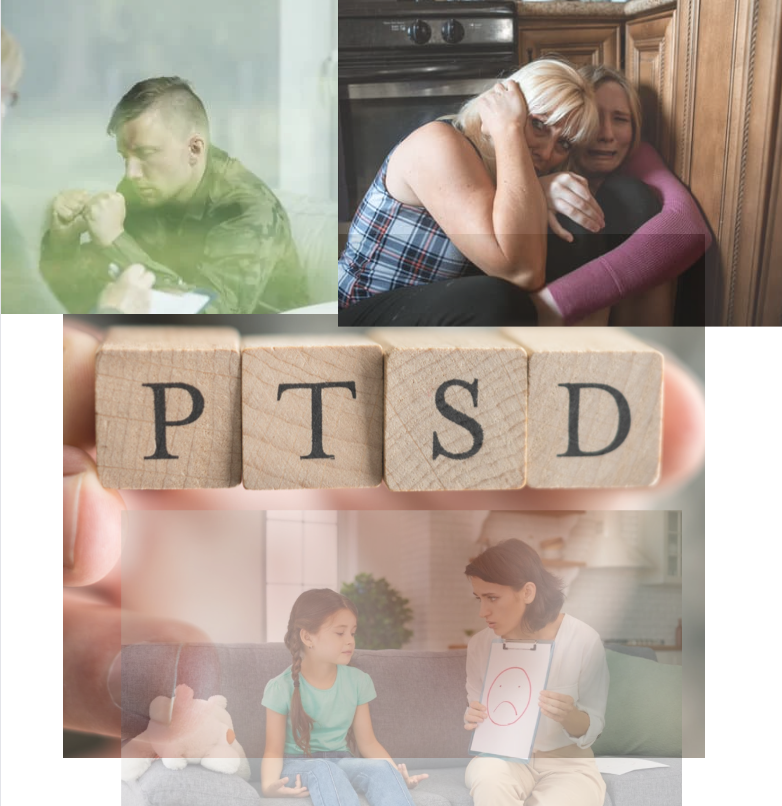Treat your PTSD or phobia comfortably and quickly with rewind technique

For many years, severe anxiety-based conditions such as post-traumatic stress disorder or phobias were considered treatable only through long, painful exposure therapy, and in some cases, not at all.
Now, thankfully, we have access to a Comfortable, Effective Treatment that can Greatly Reduce, and even Remove, Traumatic or Phobic Symptoms Quickly.
Results for the Rewind Technique
Although research into the Rewind Technique is still in its infancy, The fast cure for phobia and trauma: evidence that it works in the UK showed the following results: (Study size: 30 people)
- 40% of clients rated rewind as extremely successful.
- 53% rated it as successful.
- 7% rated it as acceptable.
No one rated the Rewind Technique poor or as a failure.
- Prior to rewind, on average clients rated their well being as 12 out of 50.
- Seven to 10 days after treatment, the average score was up to 30.3 out of 50.
- Three to six months later, the average score was 32.2.
This represents an improvement of 167.4 % on their original ratings.
A four-year study carried out within The fast cure for phobia and trauma: evidence that it works (part of the Barnardo’s charity) showed similarly impressive results:
Study size: 47 people, 57% of whom treated with Rewind alone.
- 26 would have met the criteria for PTSD.
- After treatment none of the forty-seven people treated met the criteria for PTSD.
- There was also a significant reduction of all sub symptoms associated with PTSD, five categories had zero reports after treatment.
(Human Givens journal Volume 14, No 4- 2007)
You do not need you to go over the traumatic incident again
Many people with trauma or phobias have been treated using approaches which drag them back through the experience again; a highly unpleasant thing to have to do.
This does not happen with the Rewind, and I do not in fact even need to know the details of what happened to you.
So if you suffer from PTSD or phobias I can help, Call 07401 180 488 for more info and free consultation
The Importance of Dream Sleep (REM) but not too much
Why we evolved to dream comes from the groundbreaking research of the eminent psychologist Joseph Griffin. For the first time Joe created a theory that is accepted by many eminent psychologists the world over.
It has been agreed for some time that dreams deal with emotion. However, not all emotion causes dreaming. Only emotional arousal unexpressed while awake causes us to dream. if you become angry with someone at work but cannot express it then this frustration will probably be played out during dreaming.
The brain will ‘flush out’ emotional arousal by creating a dream of a scenario that parallels the real-life experience – a metaphor. So, the work colleague from above might be symbolised by a monster and your anger would be allowed expression as you attacked the dream creature.
